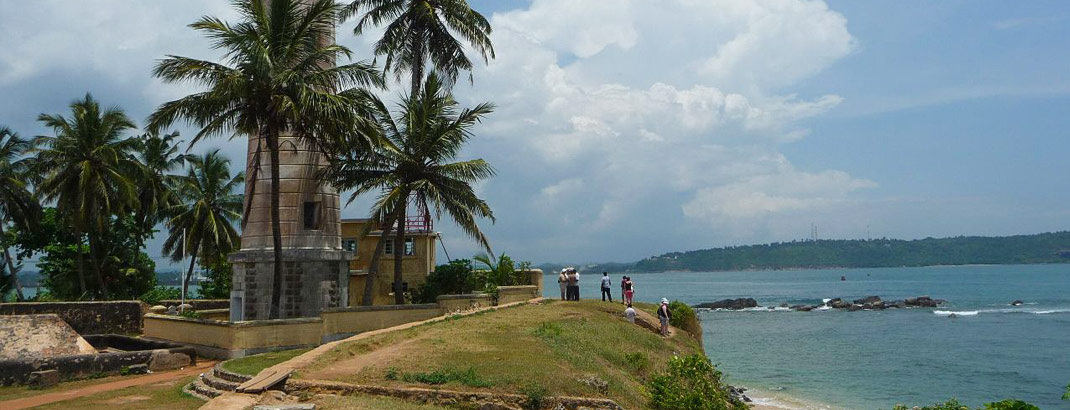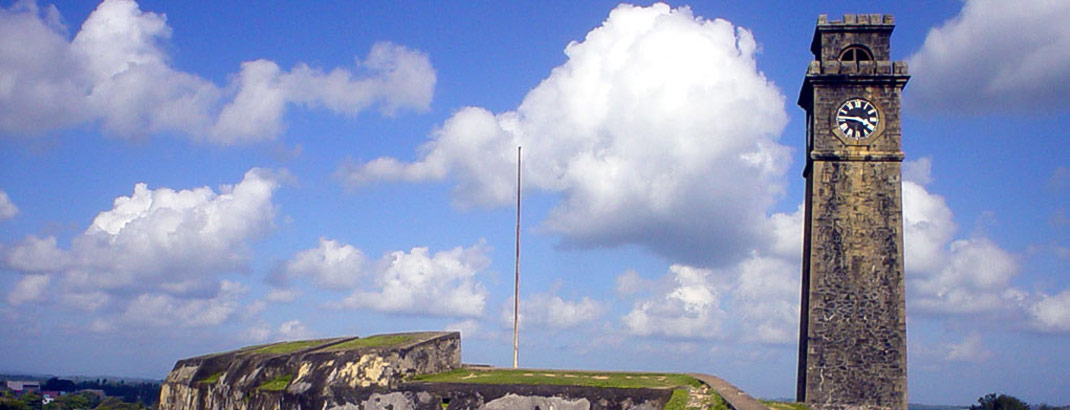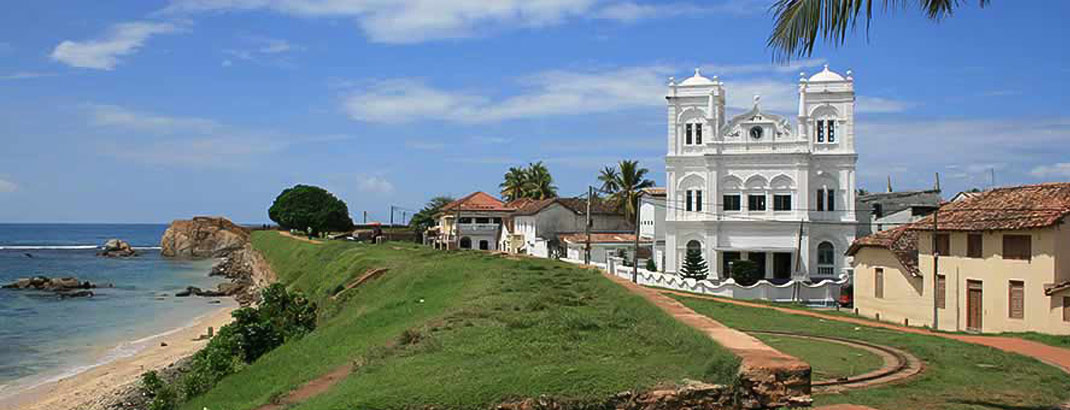The European, specially Dutch influence, is still very much visible in this coastal town in the southern tip of the island. An ancient port city, Galle was Sri Lanka’s first international commerce and trading hub. The greatest attraction in the city is the ancient Dutch Fort, which contains an entire town living inside the complex. The 17th Century Dutch Fort is the largest fort which still remains intact in the whole of Asia and is one of the best preserved examples of colonial fortifications found anywhere in the world. Although the construction of the fort was initiated in 1588 by the Portuguese who were the first colonial settlers of Sri Lanka, it was under the Dutch, who captured Galle from the Portuguese in 1640, that the magnificent fort gained its present structure, shape and signature architectural features. Located facing the Indian Ocean, it withstood the 2004 tsunami, which virtually destroyed the city of Galle. Apart from the many residences, hotels and commercial establishments, the 36 hectare complex contains a lighthouse, several museums including the National Cultural Museum and National Maritime Museum, clock tower, churches, mosques and handicraft shops. The Galle Fort was made a World Heritage Site by UNESCO in 1988. Galle is also famous for the Unawatuna beach which is just a short drive away.




